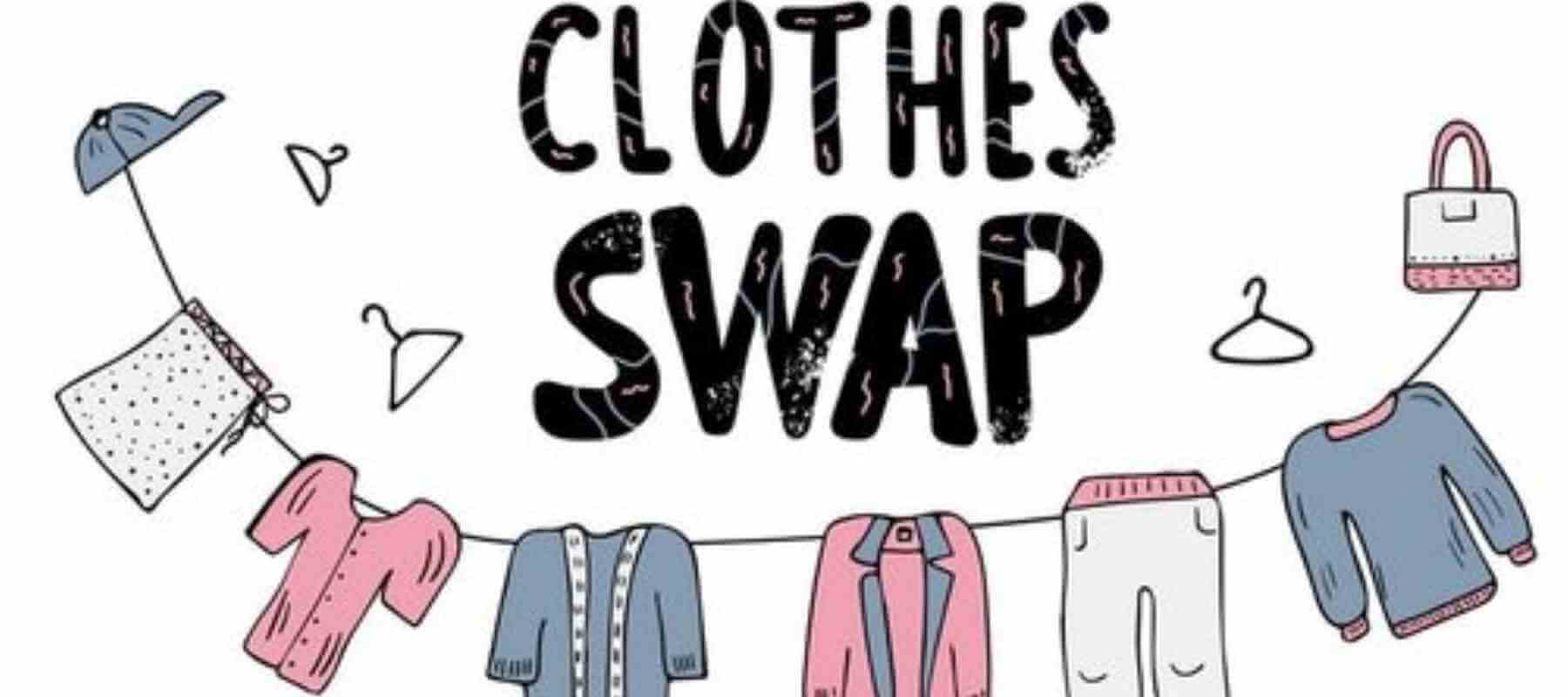Every year, 1.3 billion tons of clothes are produced worldwide, and about 800 billion pounds end up in landfill sites. Much of this clothing is made from synthetic materials that don't break down, meaning all that plastic leaks into our rivers and oceans, poisoning marine life and wildlife. As well as being bad for wildlife, synthetic materials take a lot of energy to produce - more than natural fibers like cotton - meaning it's also tough on the environment.
Clothes swapping could be the answer to these problems. It's a social media trend growing rapidly in popularity among millennials who want to buy fewer new clothes but still look good at an affordable price point.
Members of the Yorkshire Closet Swap meet for swaps, in which they each take turns to bring a bag of clothes that have never been worn outside the house and allow others to pick out items for free that they like, then swap with other members. The idea is that everybody leaves with a good selection of garments, and nobody is left empty-handed.
In terms of saving money, instead of buying loads of cheap clothes from high street stores, you might only need a few items because you are swapping them among friends. And it means you will be less likely to want to discard your clothes because they don't fit into your new season closet, which means less waste and more money saved.
Closet swapping is also good for the environment. According to the Clothes Swap Network, swapping clothes means you will use less clothing and avoid buying new items. If you continue to wear them, these clothes will be put back on the market and passed on to others for reuse.
It also means that you are reducing your carbon footprint because your friend won't buy new clothes every time a slightly nicer one goes on sale at a cheaper price point. The good feeling from getting something so cheap is a great incentive for shopping again when things do drop in price or go out of fashion in the next season.
Clothing swapping also means that no new clothes will be created in the first place. This reduces the amount of plastic used in production and could help reduce the number of non-recyclable garments ending up in landfill sites and rivers, as well as reducing energy usage because less new clothing needs to be made and distributed.
In a perfect world, there would be no need to swap clothes. But unless we choose to change our habits, we will have to find other ways of reducing our impact on the planet's resources, such as curbing our appetite for meat, recycling clothing, and cutting down on unnecessary packaging.
